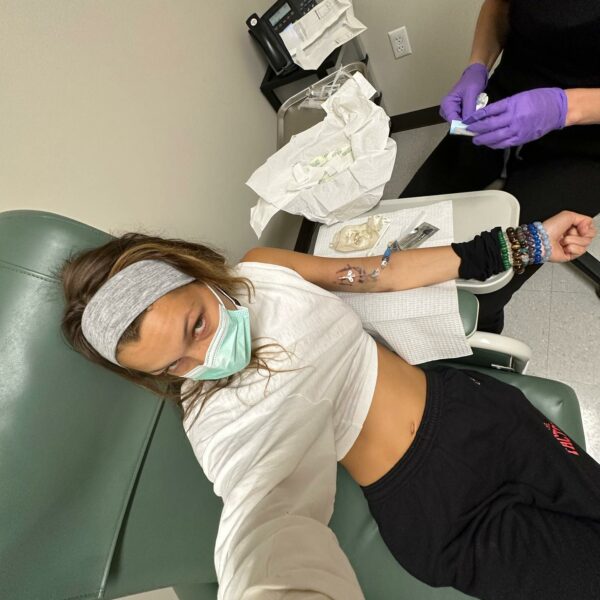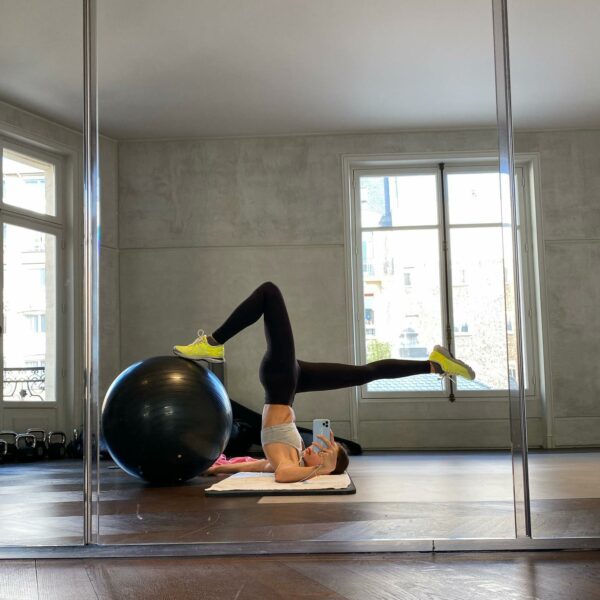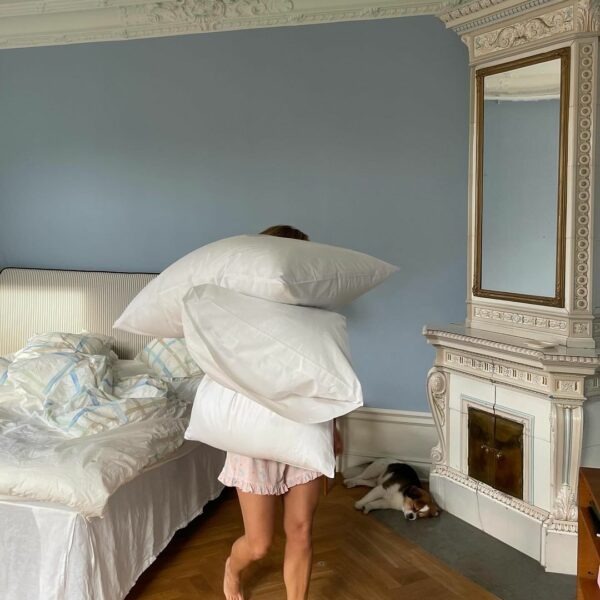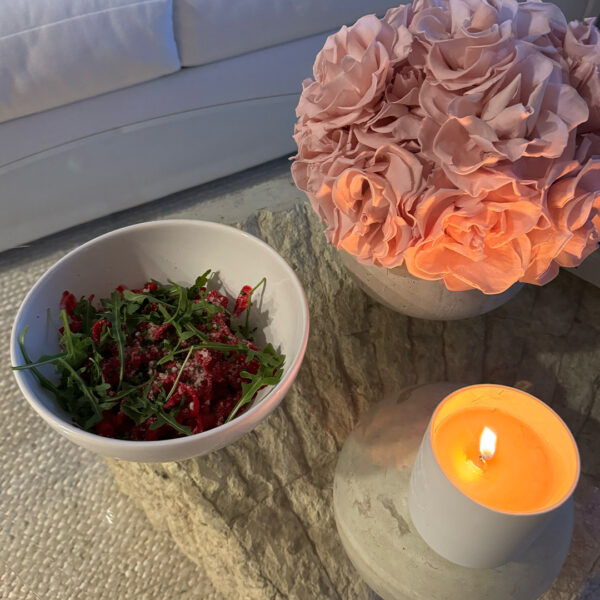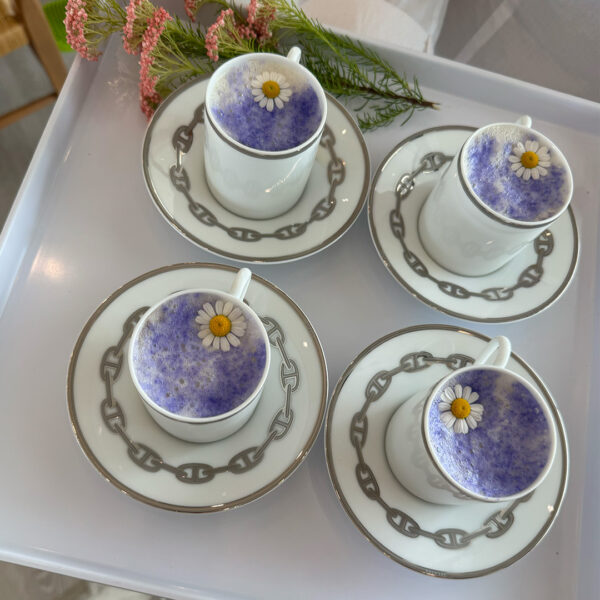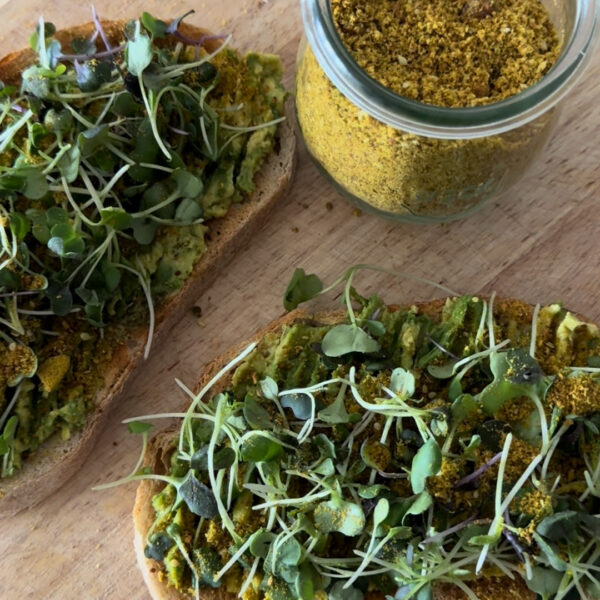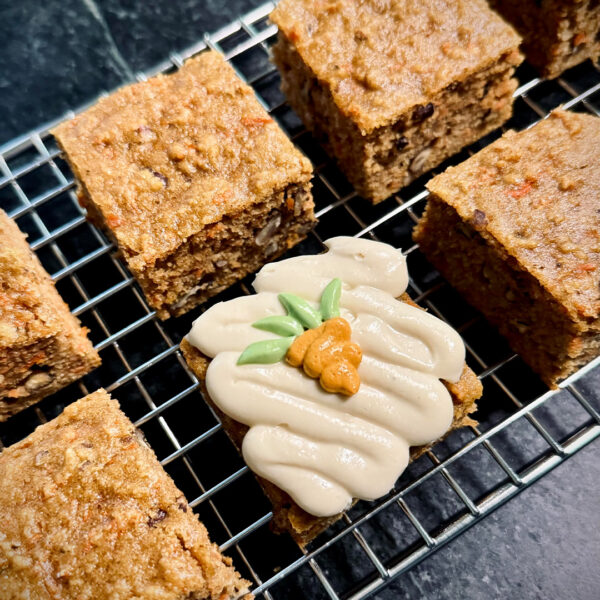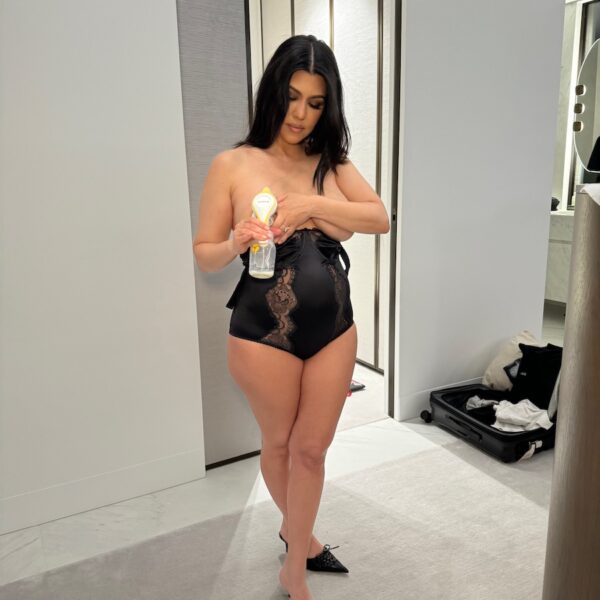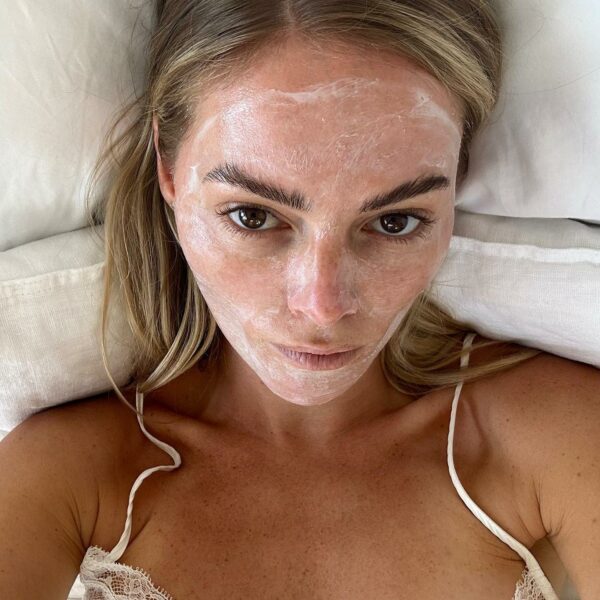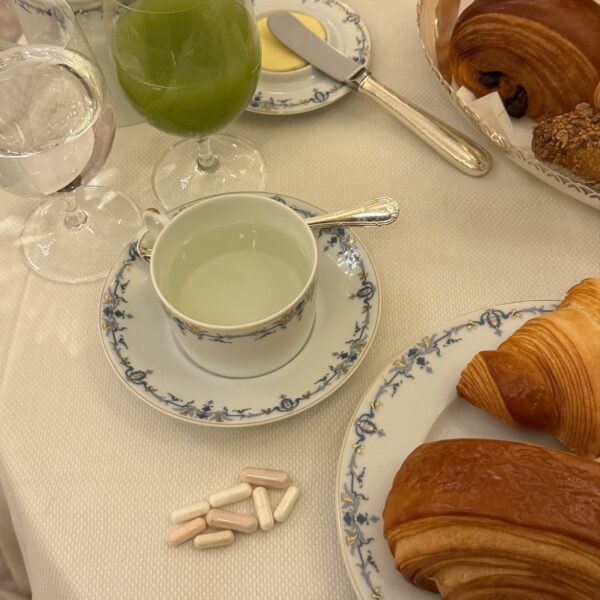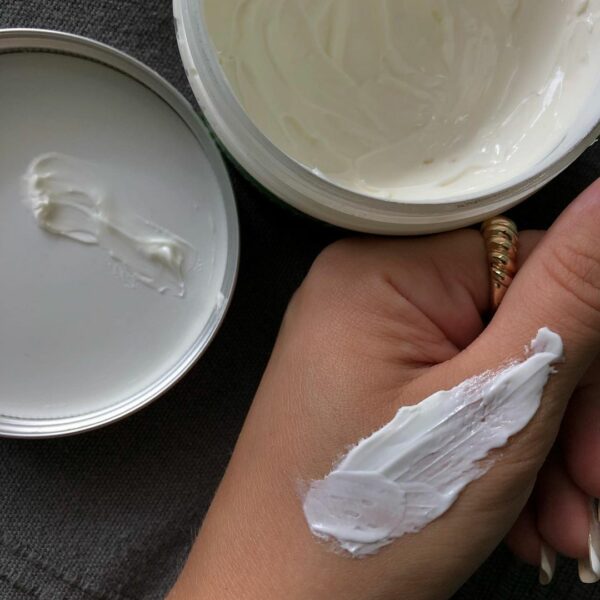We adore the fact that most modern people are privy to the fact that frequently tanning to keep up a deep summer bronze is, how do you say, not good. Hello dark spots and melasma, hello fine lines, hello premature aging, and even skin cancer. It’s a serious risk, and the best skincare advice that our favorite aestis and derms can give is to wear sunscreen and limit exposure.
The problem is, we look so good with a little extra melanin. Skin appears smoother, leaner, and even-toned, cellulite is camouflaged, and we appear to have been on vacation or enjoying the great outdoors. It’s a healthy glow we can’t help but love, and sometimes we need that glow in a pinch, or just truly don’t have the time for laying out. Cue self-tanning compounds.
Whether we get a professional airbrushed spray tan or a DIY at-home lotion, foam, gel, or oil, it’s essentially all the same thing, and it’s not an exact science. There will be folds and wrinkled joints around the ankles, knees, elbows, wrists, and toes that pool product, causing lighter and darker streaks. Perhaps it’s the first time testing out a new product, and it’s not a color match, but we don’t know until it’s developed and, er, settled in.

Don’t worry. We aren’t stuck with our faux glow for long, even if we love it—it dissolves with our natural cell turnover in a few days. The trick about maintaining this little bronze lie is frequency, meaning we need to re-spray every one to two weeks. Because we want to protect our tan so that it lasts the longest, but also remove it all before our next spray, we get caught in a bit of a catch 22. And if things are just looking really bad and we don’t want to reveal our tan attempt at a special event, date, or anywhere really, we can strip that color a little quicker. Here’s how.
Exfoliation is key, as the active component of spray tans, DHA, only permeates the top layer of our skin. It’s actually a vital step in pre-care, as well, so that the skin is smooth and supple for product absorption, for even application, and for the tan to last its longest.
However, manual exfoliation with a scrub glove or body scrub will also be effective in the first step of removal. First, lube up with a moisturizing oil, like jojoba or your favorite body oil moisturizer. Really saturate in it. Let it sit for 5-10 minutes so that it hydrates and plumps up that top layer of skin, making it more permeable and soft. Then hop in a hot shower or bath. Use your body scrub or scrub glove to work at your tan in circular motions, breaking down the permeable top layer and wiping away the color.
Unfortunately, we can’t effectively scrub away all of our top skin cells through manual exfoliation. In fact, that sounds painful. Before you break out the power sander, try a DIY chemical exfoliator to dissolve this component.
Lemon juice is excellent at fading color—just think of how it lightens our hair in the summer. After you’ve exfoliated (or skip the exfoliation step if you have extra sensitive skin), create a mixture of one part lemon juice and one part baking soda. Spread the mixture evenly over your tan, and let it sit for 5-10 minutes once again. Wipe away with a cool towel and reveal faux-tanless skin. Make sure to moisturize after, as lemon juice can be harsh and drying.
If there are some more stubborn areas that won’t fade completely, follow the next day with a body moisturizer that contains a low BHA percentage. This is mildly chemically exfoliating and very effective.
A hot and sweaty workout is something we want to avoid if trying to preserve our spray tan, as it can make things fade faster due to the boosted circulation effects on skin healing. It can also make a tan patchy. Take a hike in the heat, do a HIIT workout, or hit the sauna to fade things quicker.
Chlorine is a major component in bleach, so just consider for a moment what that means for your faux tan. Definitely avoid chlorine pools if you’re trying to preserve color because they will strip it fast.
Avoid concentration in joint areas
Of course, to prevent poor color distribution from occurring in the first place, always apply with a lighter hand to the feet, ankles, knees, wrists, and elbows. Wear a mitt if you can, or make sure to scrub your hands clean with soap immediately after application, concentrating on the more callused areas, and not forgetting the webbing between your fingers and the creases in your wrist joints under the palms. If you’d like a little color on the tops of the hands, apply a very light layer of tanning product with a soft tissue, being extra mindful around the knuckles and joints. Happy healthy tanning.
Up next, be the first to know our weekly content and sign up for our Poosh newsletter.



